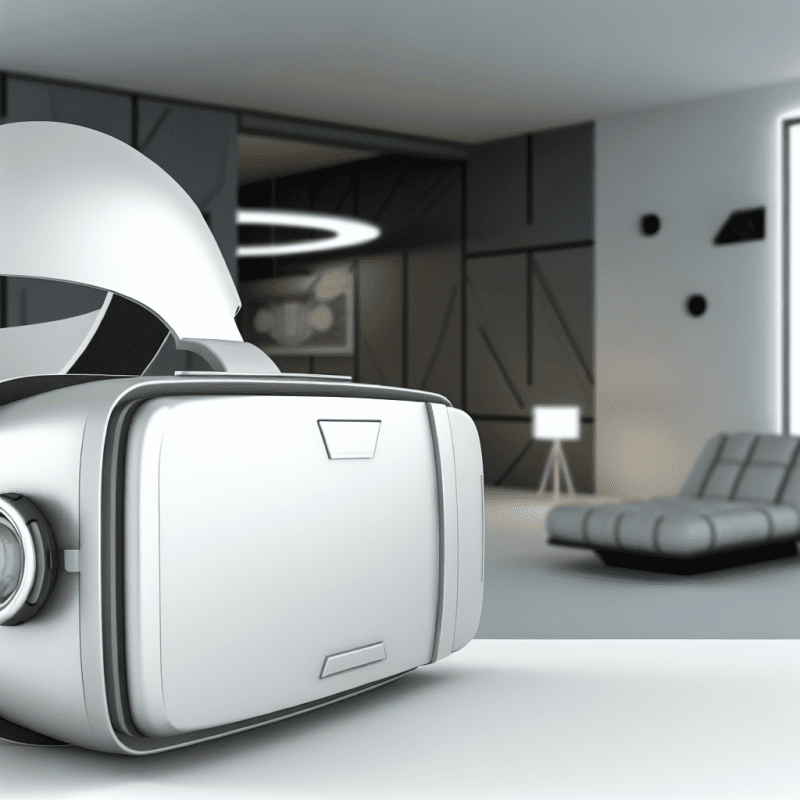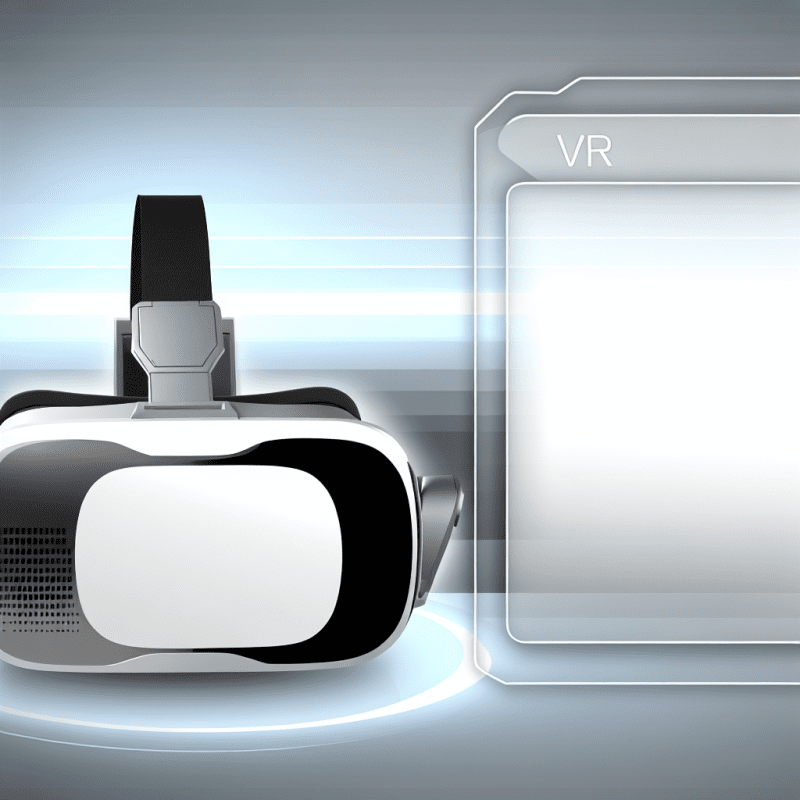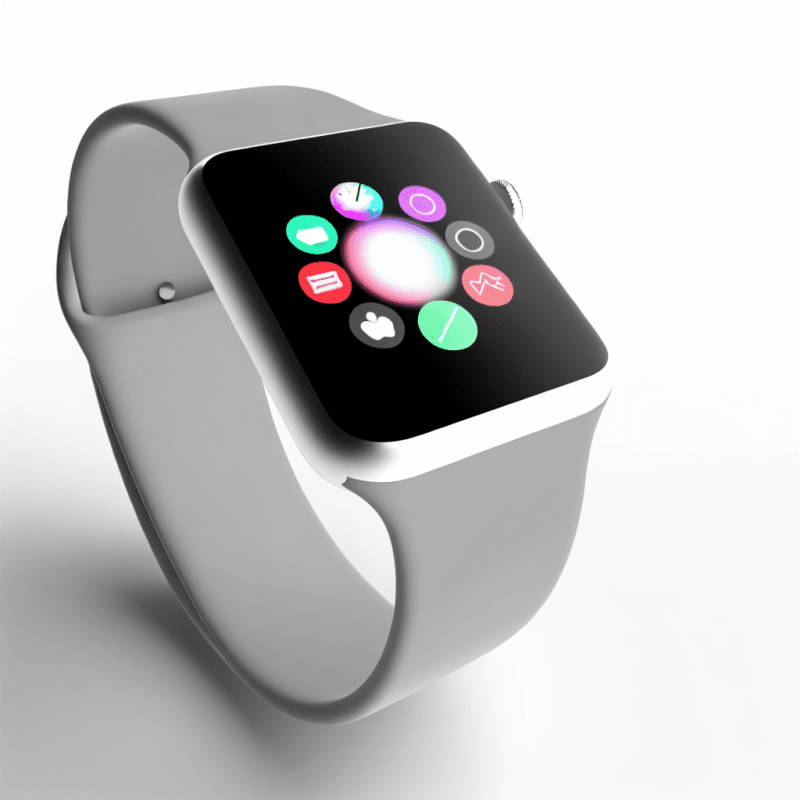Health rate monitors are handy devices that help you keep tabs on your heart rate. They come in various forms, like wristbands, chest straps, and even smartwatches. Whether you’re exercising, relaxing, or just going about your day, these monitors give you real-time information about how hard your heart is working.
Using a health rate monitor is pretty straightforward. Most of them work by using sensors to detect your heartbeat and then display that information on a screen. Some models sync with your phone to track your heart rate over time, helping you see patterns or changes that might be worth discussing with your doctor.
Why should you care about your heart rate? Well, knowing your heart rate can help you maintain a balanced fitness routine. If you want to improve your endurance or lose weight, being aware of your target heart rate zone during workouts is super helpful. It makes sure you’re pushing yourself enough without overdoing it.
In addition to fitness, heart rate monitors can be a good tool for monitoring your general health. They can hint at stress levels, recovery time, and even sleep quality. This means they’re not just for athletes but anyone who wants to keep an eye on their heart health.
How They Work for You
Health rate monitors are pretty straightforward once you get the hang of them. They keep track of your heart rate and can provide valuable insights about your overall health. Whether you’re hitting the gym, out for a run, or just trying to stay mindful of your body, these devices can make a real difference.
Here’s how they work: most monitors use sensors to detect your pulse. For wrist monitors, they typically shine a light through your skin and measure changes in blood flow. This data is processed for an accurate reading. Chest straps work a bit differently by sensing the electrical signals from your heart, which can often give you even more precise measurements.
When you wear a health rate monitor during your workouts, it tracks your heart rate in real-time. This information can help you understand how hard your heart is working and if you're pushing yourself enough or maybe overdoing it. Many monitors also connect with apps on your phone, allowing you to review your sessions, set goals, and even celebrate your progress!
Some handy features to look out for include heart rate zones, which help you train at optimal levels. This can be super beneficial for anyone looking to burn fat, build endurance, or simply stay in shape. Plus, a lot of these monitors come with added features, like tracking your sleep or even your stress levels!
Overall, health rate monitors are friendly little gadgets that can guide you on your health journey. They offer insights that can make your workouts smarter and your recovery more effective, giving you a solid idea of where you stand and what you need to work on next.
Key Features to Consider
When you’re on the hunt for a health rate monitor, it’s important to know what features will actually make a difference for you. Let's break down some key things to consider:
By keeping these features in mind, you can find a health rate monitor that suits your lifestyle perfectly and helps you stay on top of your fitness game!
Choosing the Right Monitor
When it comes to choosing the right heart rate monitor, there are a few key factors to consider that will help you find the perfect fit for your lifestyle and fitness goals.
First off, think about how you'll use the monitor. Are you into running, cycling, or maybe yoga? Different activities might require different features. For example, if you love running, a monitor that tracks your heart rate continuously and has built-in GPS could be super handy. On the other hand, if you're more into strength training, you might want something that's simple and focuses on heart rate zones.
Next, consider the type of heart rate monitor. You can go for wrist-worn devices, chest straps, or even ones that clip onto your ear. Wrist monitors are great for everyday wear and convenience, while chest straps tend to provide more accurate readings during intense workouts. Think about what feels comfortable for you and fits seamlessly into your routine.
Battery life is another important aspect. You don't want your monitor dying mid-run, right? Some monitors last days on a single charge, while others may need more frequent charging. A longer battery life is definitely a win if you’re always on the go.
Finally, check out the app compatibility. Many monitors sync with apps to give you deeper insights into your workouts and health. Look for a device that connects easily with platforms you already use, so keeping track of your progress is a breeze.



